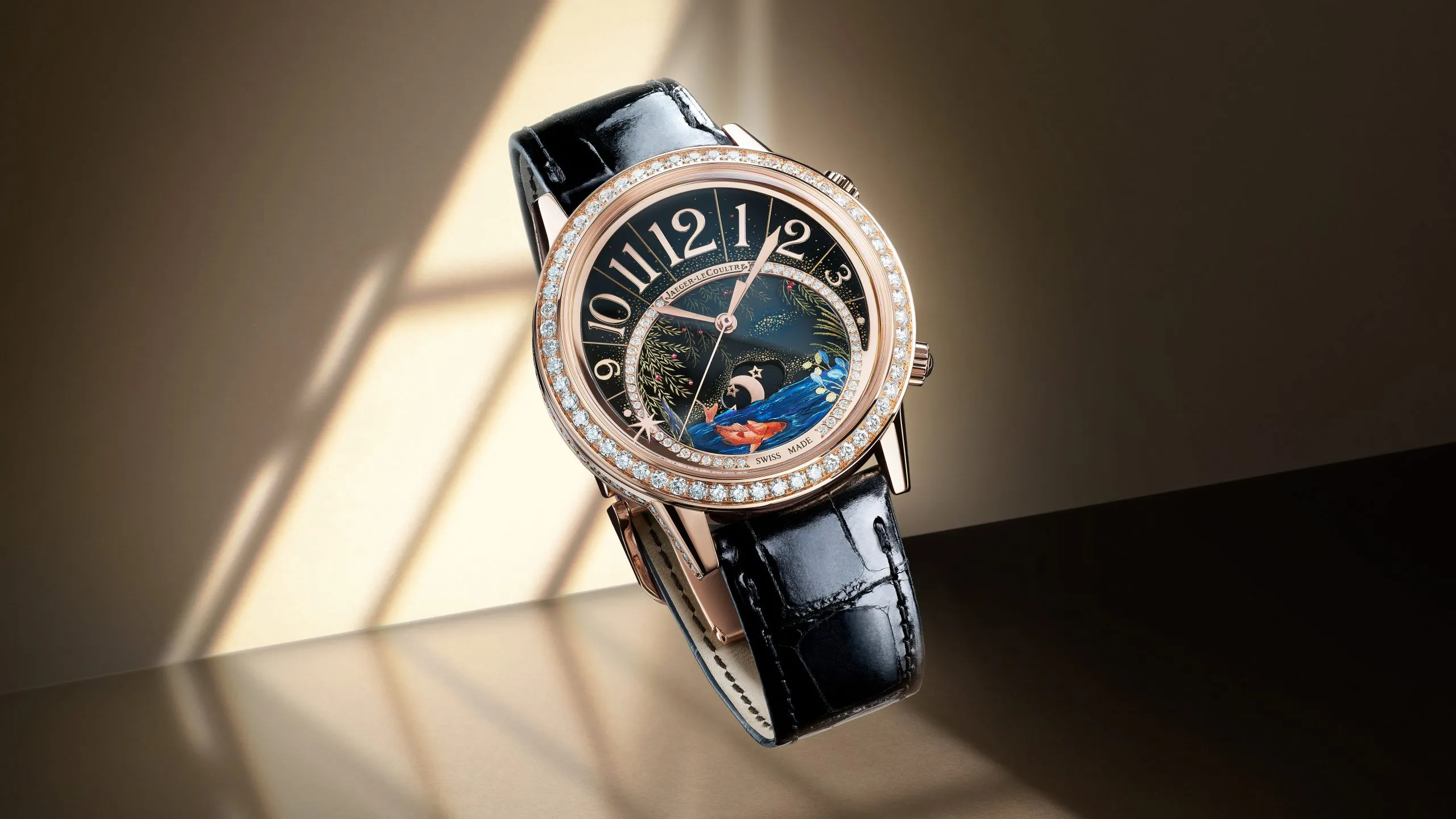Finding the perfect shoes for your child is not just about choosing what looks good or is on sale. As children grow, their feet undergo significant changes, and each stage of development requires different types of footwear to support healthy growth and activity.
From their first steps to the playground to school and sports, selecting the right shoes for every phase is crucial. This guide will walk you through the various stages of childhood, highlighting what to look for in shoes and recommending some of the best options available.
The First Steps: Infant and Toddler Shoes
Foot Development in Infants and Toddlers
In the early stages, a baby’s feet are incredibly soft and flexible, consisting mostly of cartilage. As they start to walk, it’s essential to allow their feet to develop naturally without restriction. Toddler shoes during this phase should offer protection and support without hindering movement or growth.
When winter arrives, keeping your toddler’s feet warm and dry becomes a priority. Toddler winter shoes should feature insulated linings to provide warmth, waterproof exteriors to keep out moisture, and durable soles with good traction to prevent slips on icy surfaces. Look for easy-to-fasten closures like Velcro or bungee laces for quick and secure fitting, and ensure the shoes are flexible enough for comfortable movement.
Key Features for Infant and Toddler Shoes
- Soft and Flexible Soles:
- Soft soles mimic barefoot walking, which is ideal for developing feet. They should provide enough grip to prevent slipping without being too rigid.
- Lightweight Construction:
- Shoes should be light to avoid adding unnecessary weight that could hinder movement.
- Breathable Materials:
- Infant shoes should be made from breathable materials like soft leather or mesh to prevent sweating and discomfort.
- Secure Fit:
- Look for shoes with Velcro straps or elastic closures that ensure a snug fit without being too tight.
The Early Years: Preschool and Kindergarten Shoes
Foot Development in Early Childhood
Selecting the right toddler boys shoes for preschoolers and kindergartners is a critical part of supporting their foot health and overall development. By focusing on features like enhanced arch support, sturdy yet flexible soles, and breathable, durable materials, you can ensure that your child’s footwear promotes both comfort and growth. As they navigate this exciting stage of their lives, from learning to dress themselves to exploring the world around them, the right shoes will help keep their steps safe, supported, and full of adventure.
Key Features for Preschool and Kindergarten Shoes
- Arch Support:
- Shoes should offer moderate arch support to aid in the development of the foot’s natural arch.
- Durable Construction:
- Given the high level of activity, shoes need to be durable to withstand wear and tear.
- Easy Fastening:
- Velcro straps, bungee laces, or easy-to-manage buckles make it easier for young children to put on and take off their shoes independently.
- Non-Slip Soles:
- Shoes with good traction are essential to prevent slips and falls during active play.
The Growing Years: Elementary School Shoes
Foot Development in Elementary School
During the elementary school years, children’s feet grow rapidly and begin to take on a more adult-like shape. Their footwear needs to adapt to various activities, from school to sports and everything in between. Comfort, support, and durability are key during this stage.
Key Features for Elementary School Shoes
- Versatile Design:
- Shoes should be suitable for a range of activities, from the classroom to the playground.
- Enhanced Support and Cushioning:
- Look for shoes with good arch support, cushioned insoles, and shock-absorbing soles.
- Breathability:
- Breathable materials help keep feet cool and dry throughout the day.
- Durability:
- Given the wear and tear of daily use, durable construction is essential.
The Tween Years: Middle School Shoes
Foot Development in Middle School
By the time children reach middle school, their feet are nearing their adult size, but they are still growing and changing. This stage often involves more specialized footwear needs, especially as children begin to participate in organized sports and other activities.
Key Features for Middle School Shoes
- Activity-Specific Design:
- Depending on your child’s interests, you may need to invest in shoes designed for specific activities, such as basketball, running, or soccer.
- Robust Support:
- Shoes should provide strong support to accommodate the physical demands of more intense activities.
- Breathable and Durable Materials:
- Look for shoes made from materials that balance breathability with durability, ensuring comfort during prolonged wear.
- Style and Preference:
- At this age, children are more style-conscious. Involving them in the selection process can help ensure they choose shoes they are excited to wear.
The Teen Years: High School Shoes
Foot Development in High School
By high school, most teens’ feet have reached their adult size, though some growth can still occur. Footwear choices become more about individual style preferences and the specific needs of their activities. It’s essential to balance style with functionality to support their active lifestyles.
Key Features for High School Shoes
- Advanced Support and Cushioning:
- High-quality cushioning and support are crucial, especially for teens involved in sports or high-impact activities.
- Activity-Specific Footwear:
- For sports, look for shoes tailored to the demands of the activity, such as cleats for soccer or spikes for track.
- Breathable and Durable Materials:
- Shoes should be able to withstand the rigors of daily wear and tear while keeping feet comfortable.
- Personal Style:
- High school students often have specific style preferences. Finding shoes that match their tastes while meeting functional needs is key.
Tips for Choosing the Right Shoes for Each Stage
Measure Feet Regularly
Children’s feet grow rapidly, so it’s essential to measure their feet regularly. This ensures you’re always choosing the right size to accommodate their growth.
Prioritize Comfort and Fit
Always prioritize comfort and fit over style. Ill-fitting shoes can lead to discomfort and long-term foot problems.
Consider the Activity
Choose shoes that are appropriate for your child’s main activities. Whether it’s casual wear, sports, or school, the right shoes can enhance their performance and comfort.
Involve Your Child
Involve your child in the selection process, especially as they get older. This helps ensure they’re happy with their shoes and more likely to wear them.
Check for Quality and Durability
Invest in high-quality shoes that offer good support and are made from durable materials. While they might be more expensive, they often last longer and provide better value in the long run.
Conclusion
Selecting the perfect shoes for every stage of your child’s development is crucial for their comfort, support, and overall foot health. From their first tentative steps as toddlers to the bustling activities of high school, each phase requires thoughtful consideration of their footwear needs. By focusing on fit, support, and appropriate features for their activities, you can ensure that your child’s shoes are more than just stylish—they’re also perfectly suited to help them thrive in every step of their journey.




